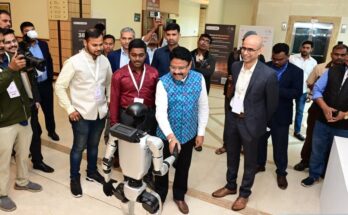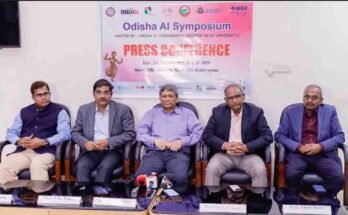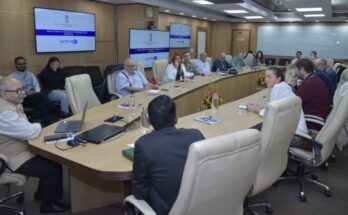New Delhi, As a disproportionately high number of premature deaths in India are caused by preventable diet-related disease, researchers from several institutes including those from the All India Institute of Medical Sciences (AIIMS) Delhi are collaborating to develop a measurement tool to capture dietary data at a national level.
India is one of a growing number of developing countries to experience the double burden of malnutrition, where high levels of undernutrition coexist alongside over-nutrition, obesity and Type-2 diabetes.
More than 60 per cent of premature deaths can be attributed to preventable cardiovascular disease, obesity and type 2 diabetes, highlighting the pressing need for further research in this area.
The researchers are developing the tool to capture data at a national level to enable healthcare professionals and policy makers to make informed decisions to tackle the epidemic.
“Interpretation of nutrition research is as complex as the cooking in India where the dialect and the diet change every 100 miles. Understanding the impact of diet on cognitive ageing can be interesting,” A.B Dey, Professor and Head Department of Geriatric Medicine AIIMS Delhi said in a statement.
Among some of the issues being addressed by the collaboration between AIIMS, the University of Southern California and Queen’s University Belfast are whether spices are protective in the genesis of dementia and the possible impact of a protein deficient diet on ageing of the brain.
Besides, is it possible, for instance, to develop a tool which can capture the dietary pattern across the country?
“Through working with leading researchers, dieticians and medical clinicians in India, we have developed a suitable measure of habitual diet that takes into account diverse eating patterns and socioeconomic gradients in the population who have high susceptibility to both nutrient deficiency and non-communicable disease,” said Claire McEvoy, Lecturer at Queen’s University Belfast, School of Medicine, Dentistry and Biomedical Sciences.
“As the population is set to increase, the double burden of malnutrition will become a bigger challenge. It is vital that we begin to collate this data now at a national level, so that we have the knowledge to inform healthcare policies and healthcare planning around this epidemic,” she said.
The initial feedback from the research team, who have piloted the measure with adults aged 45 years and older, has been quite positive.
“The next stage of our research will be to test the feasibility of the diet measure on a wider scale,” McEvoy added.




